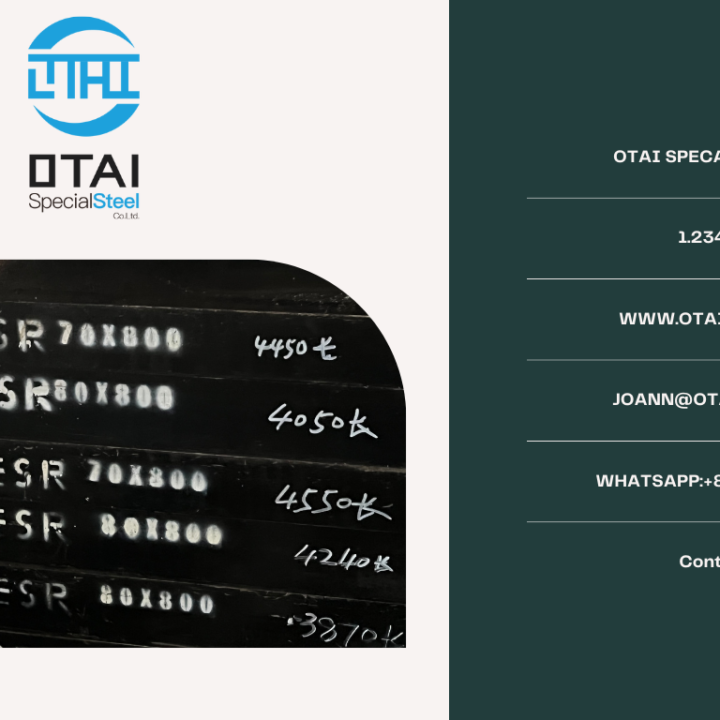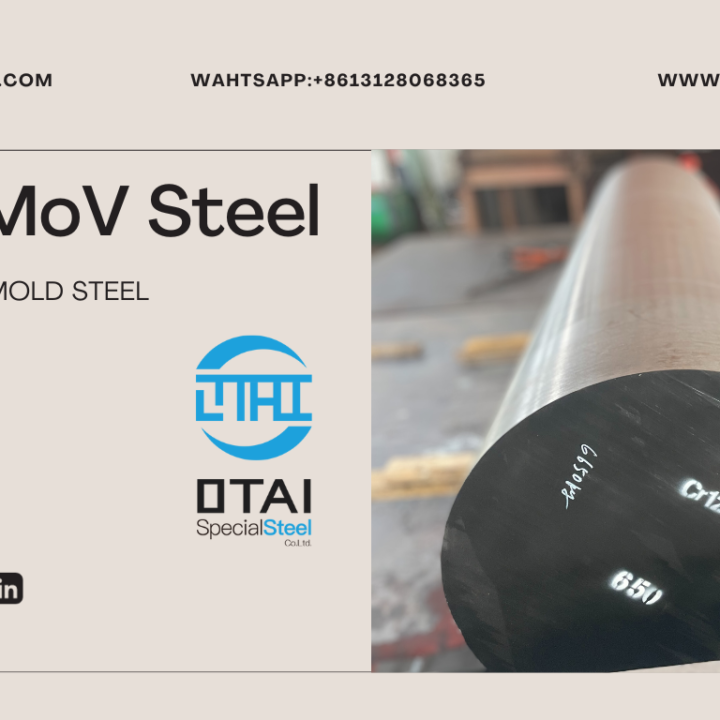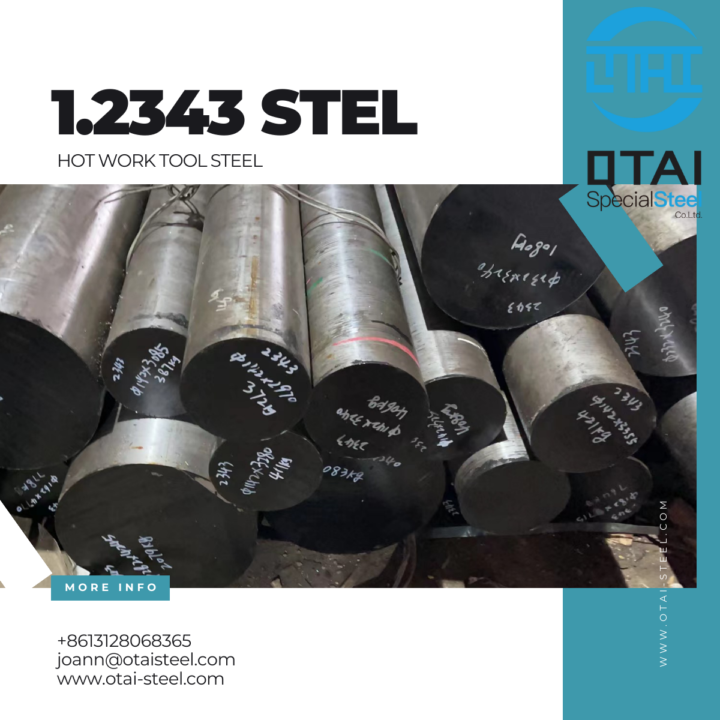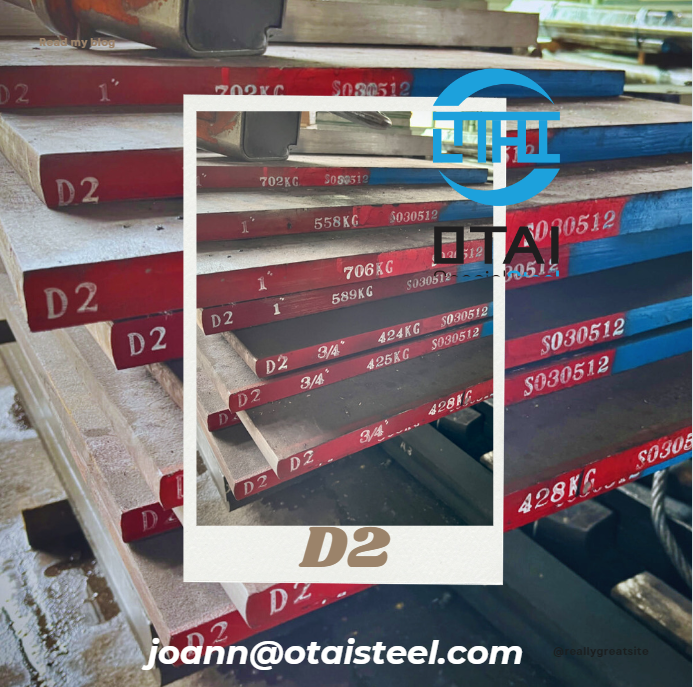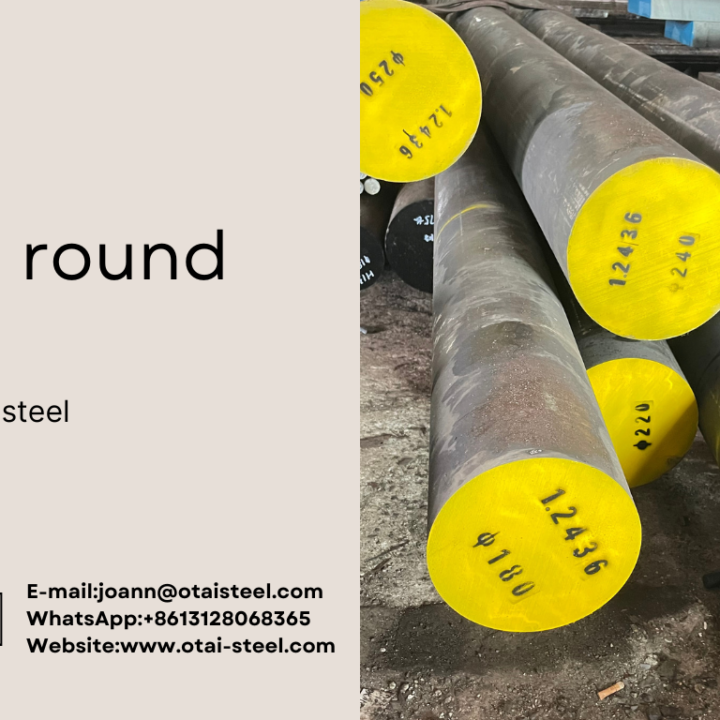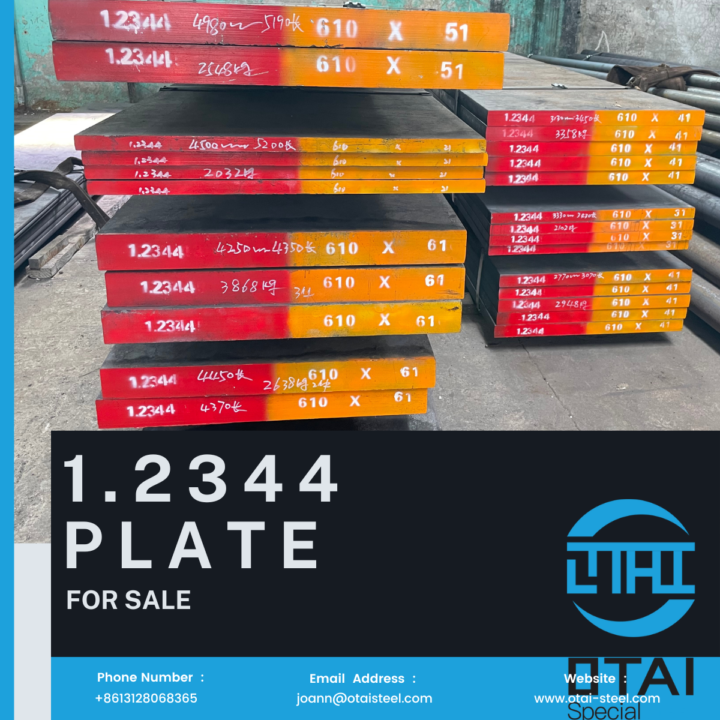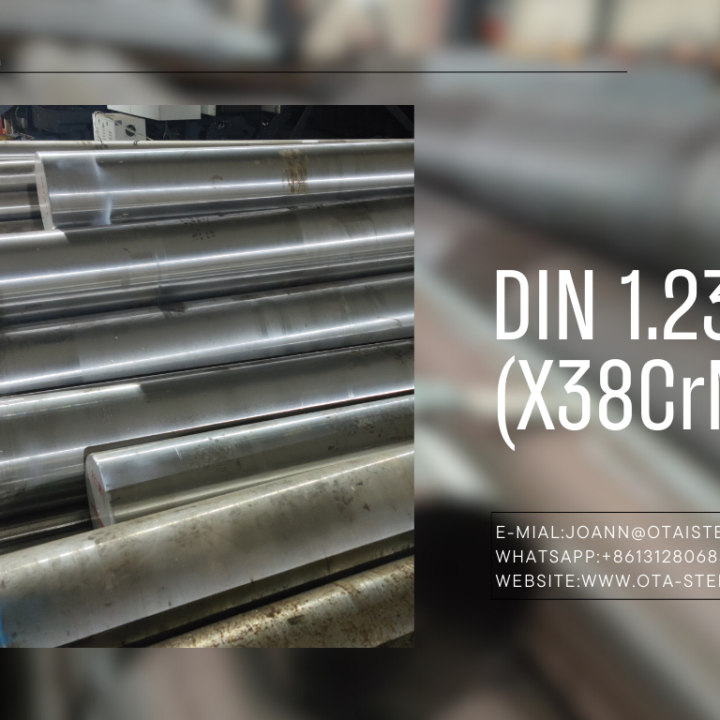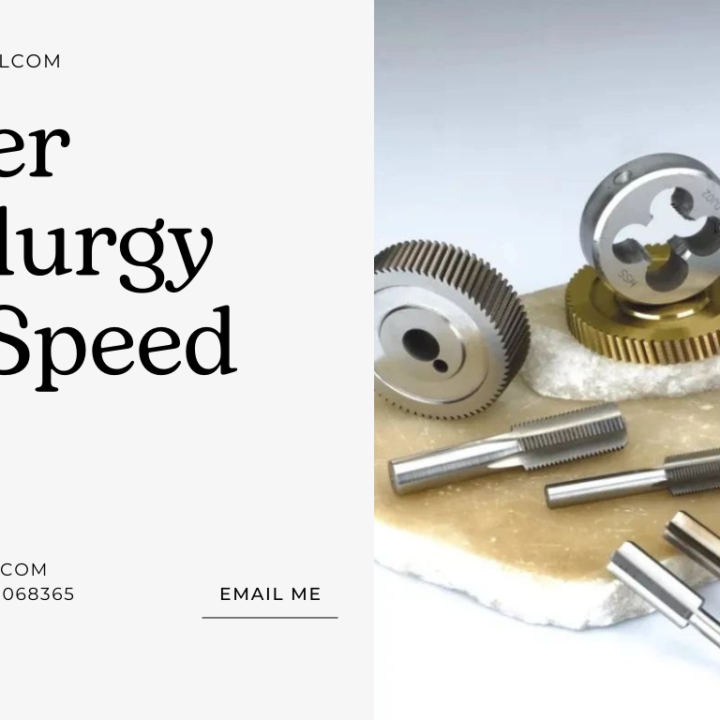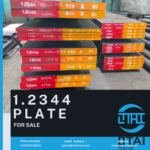In the world of metallurgy, H13 steel hot work tool steel stands tall as a powerhouse, revolutionizing the tool steel industry with its exceptional properties. Let’s dive into the depths of what makes H13 steel a game-changer, exploring its composition, applications, heat treatment, and why it has become a go-to choice for many industrial applications.
Understanding H13 Composition
At the heart of H13 steel’s prowess lies its impeccable composition. Comprising 1.75% nickel, 0.42% chromium, 5.3% vanadium, and 0.9% molybdenum, H13 steel is a chromium hot-work tool steel. The balanced amalgamation of these elements grants H13 steel its remarkable strength, toughness, and resistance to thermal fatigue.
| C | Si | Mn | S | P | Cr | Mo | Ni | V | |
| H13 | 0.32-0.45 | 0.80-1.25 | 0.20-0.60 | ≤0.030 | ≤0.030 | 4.75-5.50 | 1.10-1.75 | / | 0.80-1.20 |
Versatility in Applications
One of the key reasons behind H13 steel’s dominance in the metallurgical arena is its versatility in applications. From forging dies and extrusion tools to plastic molds and die casting, H13 steel proves its mettle across a myriad of industrial applications. Its ability to withstand high-temperature environments makes it a top choice for applications where heat resistance and durability are paramount.
Heat Treatment: Unveiling the Secret Sauce
The magic of H13 steel doesn’t stop at its composition; it extends to the meticulous heat treatment process. Through a series of carefully calibrated heating and cooling cycles, H13 achieves a fine balance of hardness and toughness. This process not only enhances its wear resistance but also ensures that the steel can endure extreme conditions without compromising its structural integrity.
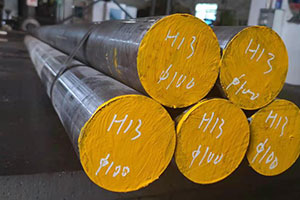 The Role of H13 Steel in the Automotive Industry
The Role of H13 Steel in the Automotive Industry
The automotive industry, with its stringent demands for precision and durability, has embraced H13 wholeheartedly. In the manufacturing of die casting molds for engine components and other critical parts, H13 shines, providing the reliability and longevity needed for these applications. Its exceptional thermal conductivity ensures efficient cooling during the molding process, contributing to the production of high-quality automotive components.
H13 Steel in the World of Injection Molding
Injection molding, a cornerstone in modern manufacturing, relies heavily on materials that can withstand the rigors of the process. Enter H13 , the unsung hero in the world of injection molding. Its ability to maintain structural integrity under the intense pressures and temperatures of the molding process makes it an ideal choice for producing a wide array of plastic components used in various industries.
Navigating H13 Steel in the Aerospace Sector
The aerospace industry demands materials that can withstand extreme conditions, from the scorching heat of combustion chambers to the bone-chilling cold of outer space. H13, with its exceptional heat resistance and mechanical strength, has found its niche in aerospace applications. It plays a pivotal role in the manufacturing of critical components, such as turbine blades and extrusion dies, ensuring the safety and reliability of aerospace systems.
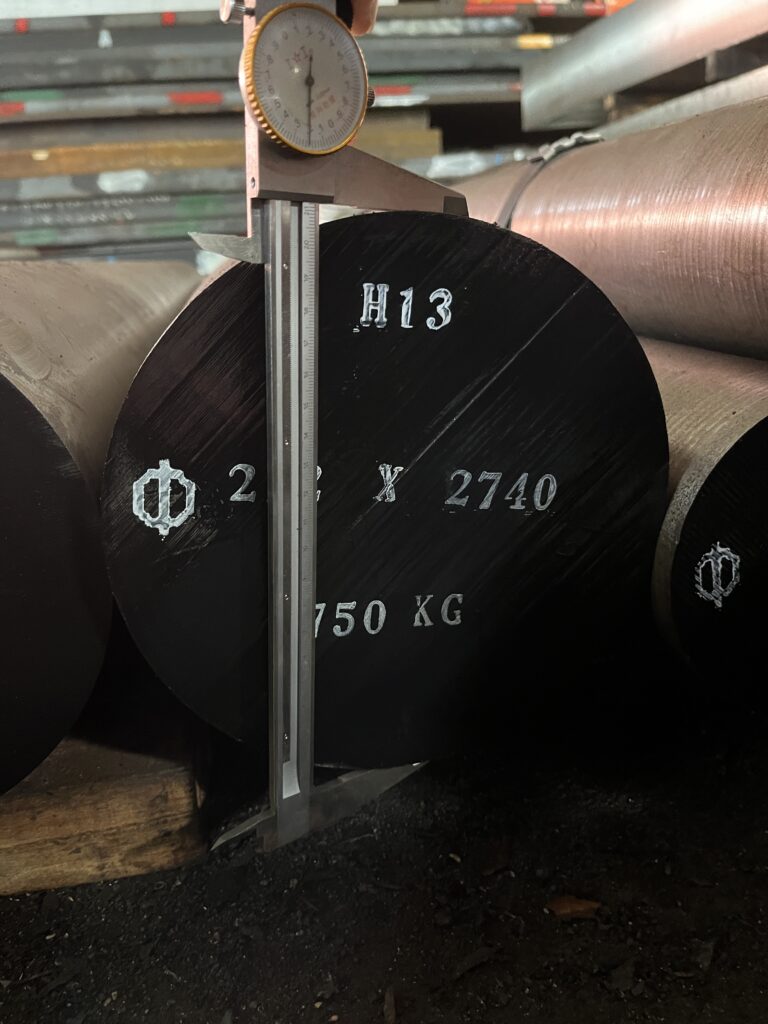 Challenges and Solutions in Working with H13 Steel
Challenges and Solutions in Working with H13 Steel
While H13 steel offers a plethora of advantages, working with it presents its own set of challenges. Its high hardenability can lead to cracking during quenching, requiring careful attention to the heat treatment process. However, these challenges are surmountable with proper handling and expertise. Collaborating with skilled metallurgists and employing precise heat treatment techniques can mitigate these issues, allowing manufacturers to harness the full potential of H13 .
The Sustainability Angle: H13 Steel’s Eco-Friendly Edge
As we know , the sustainability become a hot topic in every industry. H13 with a longevity and durability makes the tools and components with a longer lifespan . This not only cuts down on material waste but also contributes to a more sustainable and environmentally manufacturing process.
Conclusion
In conclusion, H13 steel stands as a testament to the continuous evolution of materials in the industrial landscape. Its composition, and performance make it play an imnportant role in various fileds , from automotive to aerospace. H13 is not just a choice for durability and efficiency, it’s a step towards a more sustainable and eco-conscious future in manufacturing.
FAQs
1. Is H13 steel suitable for high-precision application?
– Absolutely! H13 steel’s exceptional hardness and toughness make it an ideal choice for high-precision applications such as die casting molds and extrusion tools.
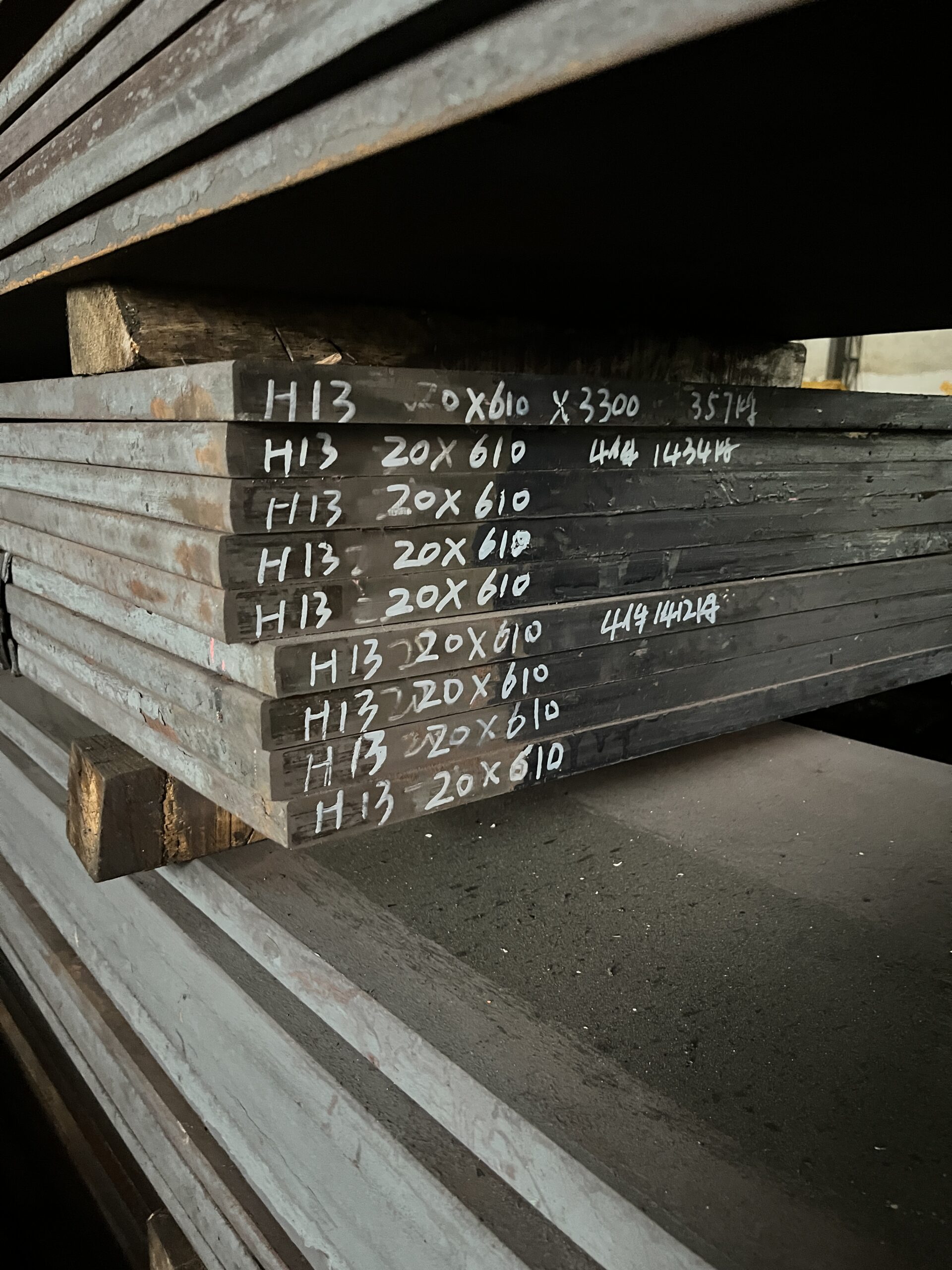 2. How does H13 steel contribute to environmental sustainability?
2. How does H13 steel contribute to environmental sustainability?
– The longevity of tools and components made from H13 steel reduces the frequency of replacements, leading to less material waste and a more sustainable manufacturing process.
3. Can H13 steel withstand extreme temperatures in aerospace applications?
– Yes, H13 steel’s remarkable heat resistance makes it well-suited for aerospace applications, where it can endure the extreme temperatures experienced in combustion chambers and other critical components.
4. What precautions should be taken when working with H13 steel to avoid cracking during quenching?
– Precise control of the heat treatment process is crucial. Collaborating with skilled metallurgists and following recommended heat treatment procedures can help prevent cracking in H13 .
5. Are there alternative materials to H13 steel for similar applications?
– While there are alternative materials, H13 steel’s unique combination of properties, including heat resistance and toughness, often makes it the preferred choice for demanding applications in various industries.
Want to know more about the details ?
Pls contact : Joann
E-mail:joann@otaisteel.com
WhatsApp:+8613128068365
